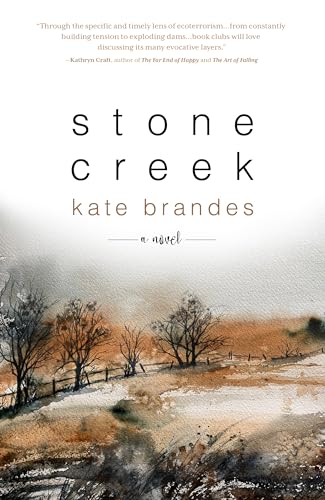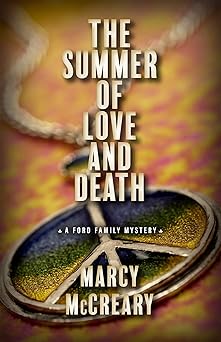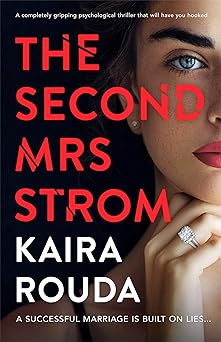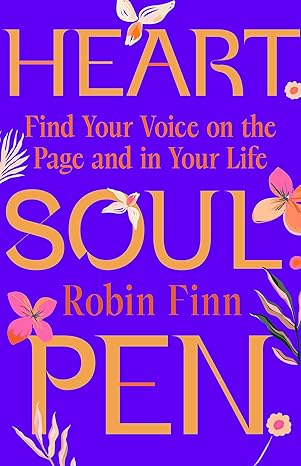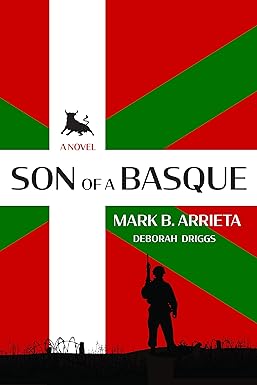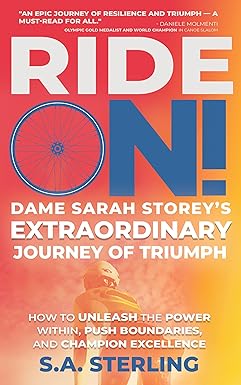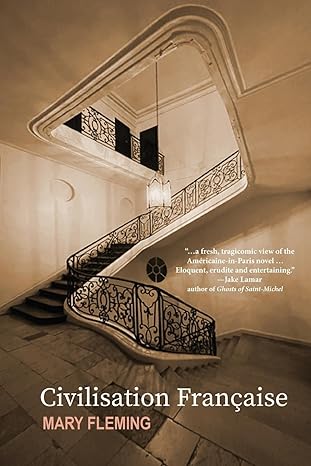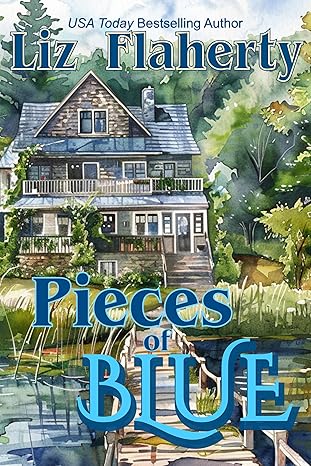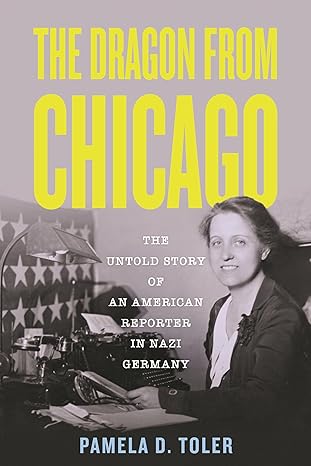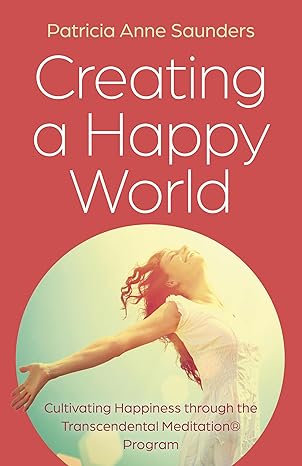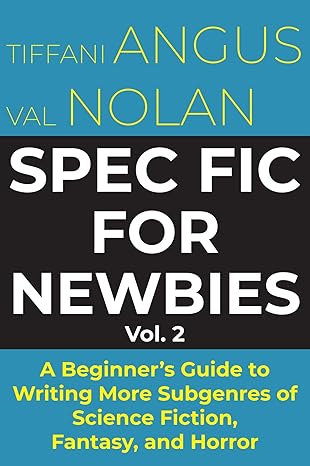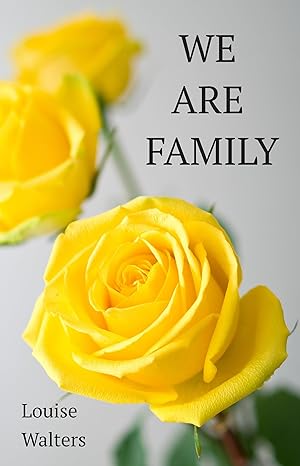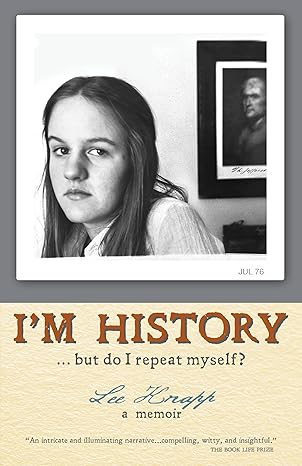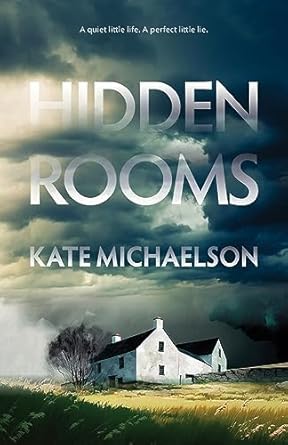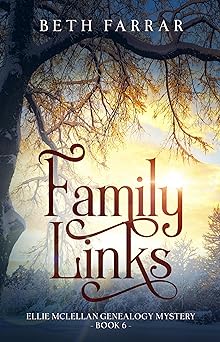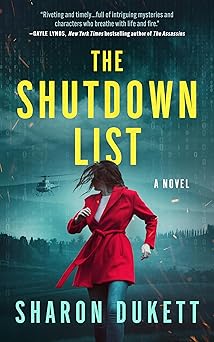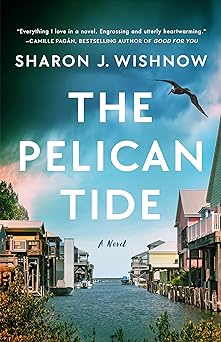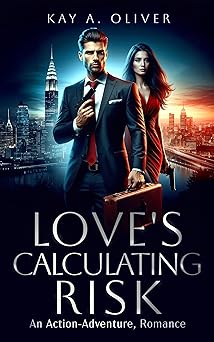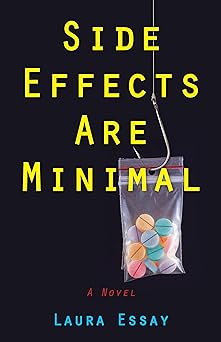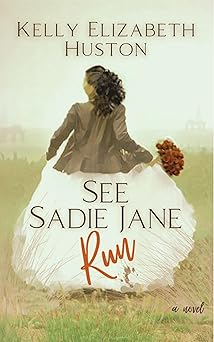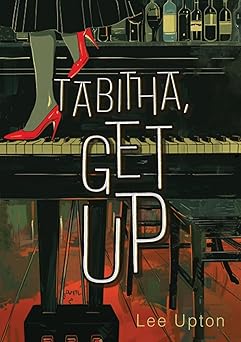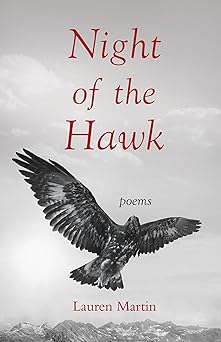Re-learning How to Write by Lynne Spriggs O’Connor
Re-learning How to Write by Lynne Spriggs O’Connor
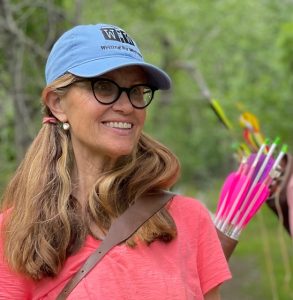 At 42 years old, l’d left behind everything about my city life as an academic and moved to rural Montana, where the unexpected love story of my lifetime began to unfold. When I got married for the first time at age 49, I again stepped into an entirely new life: living fulltime on an isolated ranch with a new husband and a bunch of animals in the middle of nowhere. Quickly I realized I needed a project to engage my thinking mind. I’d always dreamed of writing a book. I’d done plenty of academic writing – for a PhD thesis, grant applications, museum catalogues. For such a personal story, I would need to re-learn how to write.
At 42 years old, l’d left behind everything about my city life as an academic and moved to rural Montana, where the unexpected love story of my lifetime began to unfold. When I got married for the first time at age 49, I again stepped into an entirely new life: living fulltime on an isolated ranch with a new husband and a bunch of animals in the middle of nowhere. Quickly I realized I needed a project to engage my thinking mind. I’d always dreamed of writing a book. I’d done plenty of academic writing – for a PhD thesis, grant applications, museum catalogues. For such a personal story, I would need to re-learn how to write.
I began by poring through journals (and photographs) that spanned the past 30 years. When I came to passages that glistened or sparkled, where some insight or revelation shined bright or recalled a moment when something big was rising and shaping who I was, I saved them. I began reading books (ie Bird by Bird) by some of my favorite writers about the process of writing. I flew to LA and attended a workshop with the great screenplay writer, Robert McKee. McKee taught the basics of telling a good story. While analyzing specific scenes from Casa Blanca, he explained story structure, plot, inciting incidents, narrative arcs, character development, creating narrative tension with positive and negative charges.
By the time I got back to the ranch, I felt incredibly inspired. But I was still lost in a pile of index cards. I knew any great work involves collaboration and feedback. I began putting an intention out into the universe that a writing “partner” or “guide” of some kind might come into my life. I didn’t even know what that might look like.
Then out of the blue, the magic began. A best friend sent me a photograph of the Eagle Huntress on a birthday card. That inspiring image of a beautiful girl from Mongolia holding an eagle on top of a mountainside led me to a website which happened to belong to a writer named Page Lambert who had many shared interests: cattle ranching and horses, Native American culture, the American West, and she taught writing. She also offered services as an editor and writing coach. I called her. That fateful day was the beginning of an extraordinary working relationship and good friendship that continues to this day.
Page encouraged me to build a chronology of the ten-year period I wanted my story to cover, a much bigger undertaking than I anticipated. I tracked my conversations, movements, and feelings. Animals would populate my story as characters, so I needed the dates of many births, life events, and deaths. I noted specific winters that were brutally cold, the spring when everything flooded. When it was all done, I had a master sheet of music to guide my entire project.
I used that timeline/outline to identify specific events, characters, or ideas I wanted to use as focal points for individual vignettes. I practiced developing each vignette’s narrative arcs, which in turn, I would interweave to create the memoir’s larger storyline and arcs.
These short vignettes became steppingstones. Some 400,000 words of notes later, I had created what Anne LaMott refers to as a “first shitty draft.” I had enough material for at least two, if not three, memoirs. I decided my first book would cover a period of five years. I settled in to begin the endless work of editing and revisions.
I spent 12 solid years writing my first memoir. A large part of that time, I was re-learning how to shake loose from a formalized and impersonal writing style that was theoretical and analytical, researching, categorizing, summarizing, with plenty of footnotes.
Fortuitously, this problem was also a large part of the story I wanted to record about a radical shift in my life – a period when I moved away from ‘knowing things’ to explore what was ultimately unknowable, learning to appreciate the curious spirit and mysterious energy of things. In my endeavor to pen a personal narrative – a romantic story about healing in nature, I needed to show rather than tell. I wanted to bring experiences of wildness and wonder to life on the page!
I practised conjuring the energy of things through sensory details, hopefully weaving an unfolding story that was visceral, engaging, and moving. I wanted to invite the reader into my body so they could see what I saw, perhaps feel what I felt. Above all, I wanted to allow readers into my experiences in ways that invited them to experience things themselves.
I’ve always been drawn to the concept of alchemy and transformative experiences in life. Memoir was particularly fascinating to me because it assumed the fact that my perspective has changed over time – this is what makes memoir a story. Memoir involves two points of view (POV): the author’s and the narrator’s. I leaned into my Author POV with only occasional reflections, knowing more today than I did then.
I chose to write my memoir in present tense about events of 20 years ago, primarily conveying my POV at that moment of past events. I wanted my narrator’s voice to be observant, quiet, determined but not insistent, and generous. I wanted my new style of writing to be uncomplicated yet hopefully rich, inviting, and at times, even poetic. In descriptions of the landscape and wildlife, I did my best to transcribe the mysterious voices and inherent poetry of nature. My hope has always been that these unfamiliar voices in Elk Love: A Montana Memoir might speak to others who, like me, are interested in learning more about nature’s wisdom and capacity to heal.
ELK LOVE: A MONTANA MEMOIR
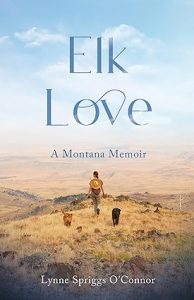 Having spent ten summers on the Blackfeet Indian Reservation near Glacier National Park, part of her doctoral fieldwork for a PhD in Native American Art History, forty-two-year-old Lynne Spriggs thinks of Montana as her healing place. When she moves to “Big Sky Country” from the East Coast in a quest to reset her life, she has high hopes for what awaits her.
Having spent ten summers on the Blackfeet Indian Reservation near Glacier National Park, part of her doctoral fieldwork for a PhD in Native American Art History, forty-two-year-old Lynne Spriggs thinks of Montana as her healing place. When she moves to “Big Sky Country” from the East Coast in a quest to reset her life, she has high hopes for what awaits her.
Great Falls, a farming and military town in central Montana, is not what Lynne imagined when she decided to leave city life behind. But her dream of being more connected to nature in the American West comes alive when she meets Harrison, a handsome rancher thirteen years her senior. Wary but curious, with her dog Willow by her side, she leans into the seasonal rhythms of Harrison’s hidden valley and opens her heart to a wild language that moves beyond words. In a modern world where listening is rare, Elk Love explores an intimate place where loneliness gives way to wonder, where the natural world speaks of what matters most.
BUY HERE
—
Lynne Spriggs O’Connor is the author of Elk Love: A Montana Memoir. While conducting research for her Ph.D. in Native American Art History from Columbia University in NYC, she spent ten consecutive summers on northern Montana’s Blackfeet Indian Reservation. After moving to live in Montana, she curated a three-year project called Bison: American Icon, a major permanent exhibit for the C.M. Russell Museum on bison in the Northern Plains. For the past fifteen years, she has lived with her husband on a cattle ranch in an isolated Montana mountain valley east of the Rockies. Her life centers around writing, family, and animals—dogs, horses, and cattle—as well as elk, mountain lions, beavers, bears, and other species in the surrounding National Forest. The ranch’s old-growth grasslands also provide habitat for over ninety bird species. In 2021, O’Connor and her husband partnered with the National Audubon Conservation Ranching Initiative, utilizing regenerative grazing practices to help sustain this increasingly threatened habitat. Elk Love is her first memoir.
Category: How To and Tips




